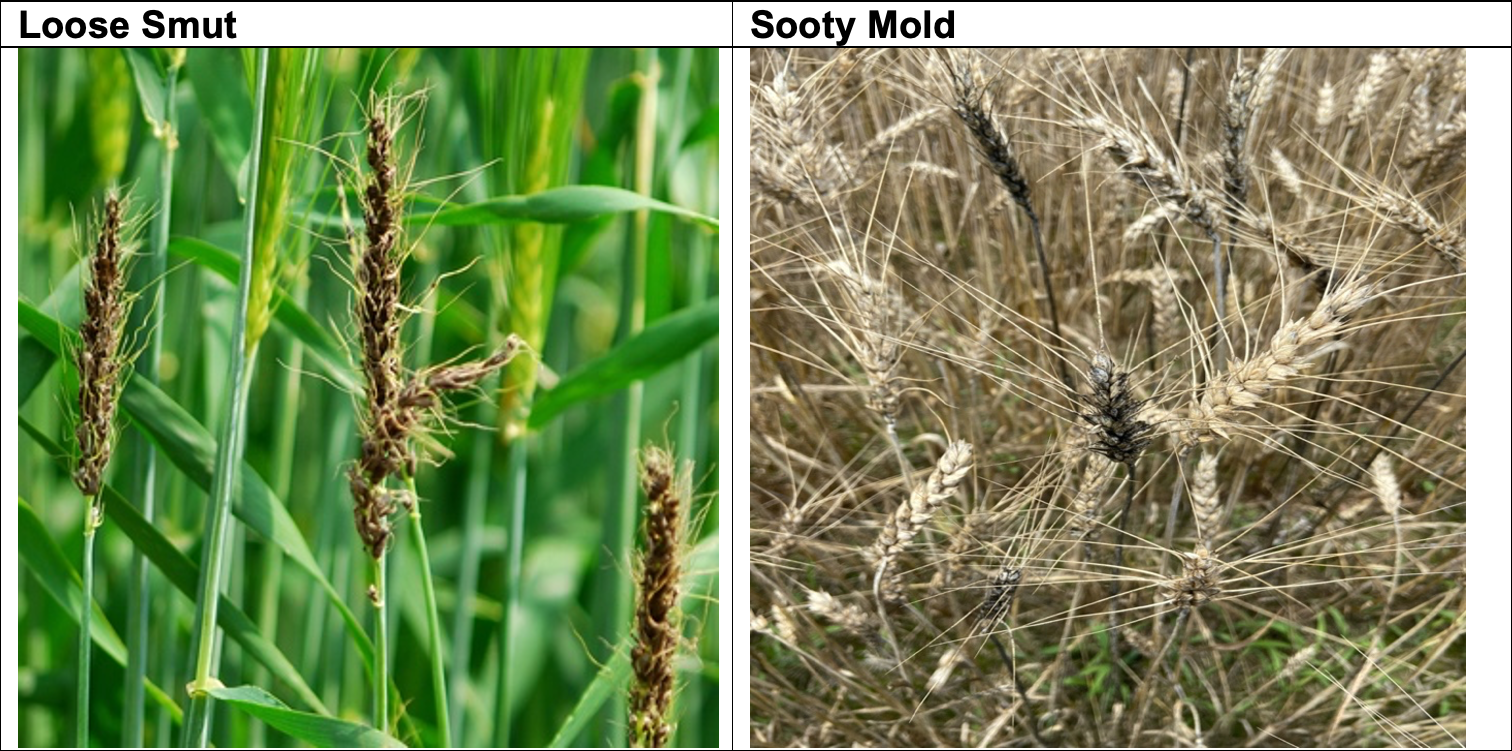Why Is My Combine Dusty Black?
go.ncsu.edu/readext?803551
en Español / em Português
El inglés es el idioma de control de esta página. En la medida en que haya algún conflicto entre la traducción al inglés y la traducción, el inglés prevalece.
Al hacer clic en el enlace de traducción se activa un servicio de traducción gratuito para convertir la página al español. Al igual que con cualquier traducción por Internet, la conversión no es sensible al contexto y puede que no traduzca el texto en su significado original. NC State Extension no garantiza la exactitud del texto traducido. Por favor, tenga en cuenta que algunas aplicaciones y/o servicios pueden no funcionar como se espera cuando se traducen.
Português
Inglês é o idioma de controle desta página. Na medida que haja algum conflito entre o texto original em Inglês e a tradução, o Inglês prevalece.
Ao clicar no link de tradução, um serviço gratuito de tradução será ativado para converter a página para o Português. Como em qualquer tradução pela internet, a conversão não é sensivel ao contexto e pode não ocorrer a tradução para o significado orginal. O serviço de Extensão da Carolina do Norte (NC State Extension) não garante a exatidão do texto traduzido. Por favor, observe que algumas funções ou serviços podem não funcionar como esperado após a tradução.
English
English is the controlling language of this page. To the extent there is any conflict between the English text and the translation, English controls.
Clicking on the translation link activates a free translation service to convert the page to Spanish. As with any Internet translation, the conversion is not context-sensitive and may not translate the text to its original meaning. NC State Extension does not guarantee the accuracy of the translated text. Please note that some applications and/or services may not function as expected when translated.
Collapse ▲Picking Wheat and Combine is Dusty Black
Loose Smut and Sooty head molds can turn grain heads black.
With Loose Smut, the normal head tissue of plants infected by loose smut is completely replaced with dark masses of fungal spores, giving the heads a black powdery appearance. This can happen early in the grain head development. It is possible to see heads damaged by loose smut while much of the head is still inside the boot. Only the central stem of the head is left after the spores are released.

Sooty head molds are characterized by a dark green or black mold growth on the surface of mature wheat heads. These molds are part of a naturally occurring complex of organisms that help to decay dead plant debris.
Sooty molds are most common when mature wheat is subjected to repeated rains and delayed harvest.
The sooty head mold growth is normally superficial. Its effect on grain is thought to be minor, but it can make for dusty harvest operations. Sooty molds can contribute to a discoloration of the grain called “black point.” which has little effect on grain quality.
With continued rainfall, sooty head mold is going the get worse as the season continues.




